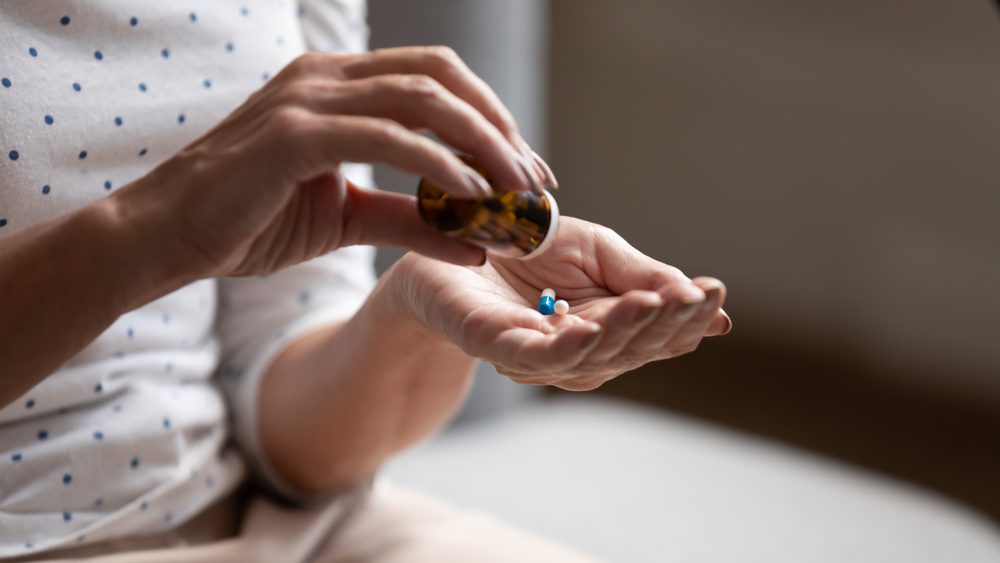
Conditioning
Another explanation might be classical conditioning or an association between two stimuli that results in a learned response. In some particular cases, a placebo can be easily paired with a real treatment until it shows the desired effect.
For instance, if you’re constantly given the same arthritis medication to relieve your stiffness and sore joints, you might start to associate the pill with pain relief. If you have a placebo that looks similar to your arthritis pill, you might think it provides pain relief, especially since you’ve been used to thinking that it’s going to make you feel better.
Expectation
Expectations are thought to play a huge role in the placebo effect. Those who are extremely motivated and expect the treatment to work might have an increased placebo effect. In fact, you’d be surprised to find out how much of an impact an enthusiastic physician might have on the treatment.
If your doctor seems to have a positive attitude toward the treatment and is 100% sure that it will have a desirable effect, you might see benefits from taking the drug, even if it’s a placebo. This also demonstrates that the placebo effect could take place when someone takes real medications to treat the disease.







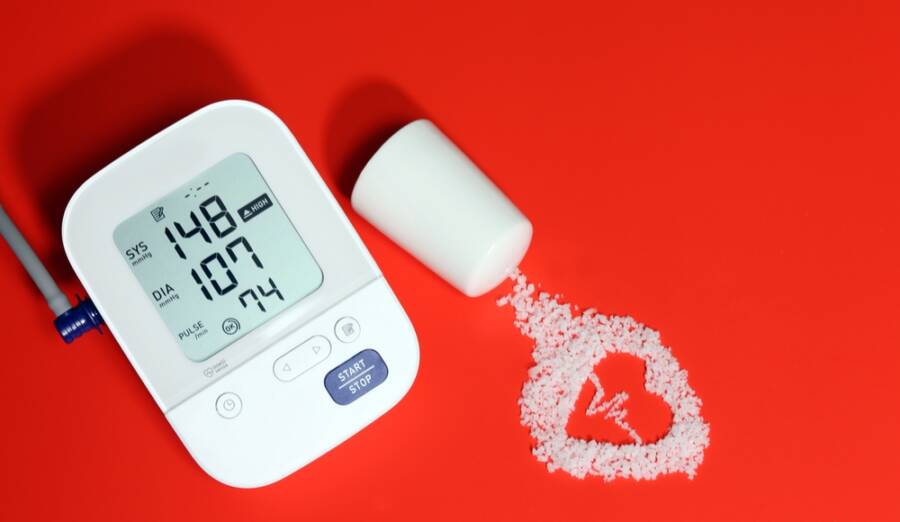


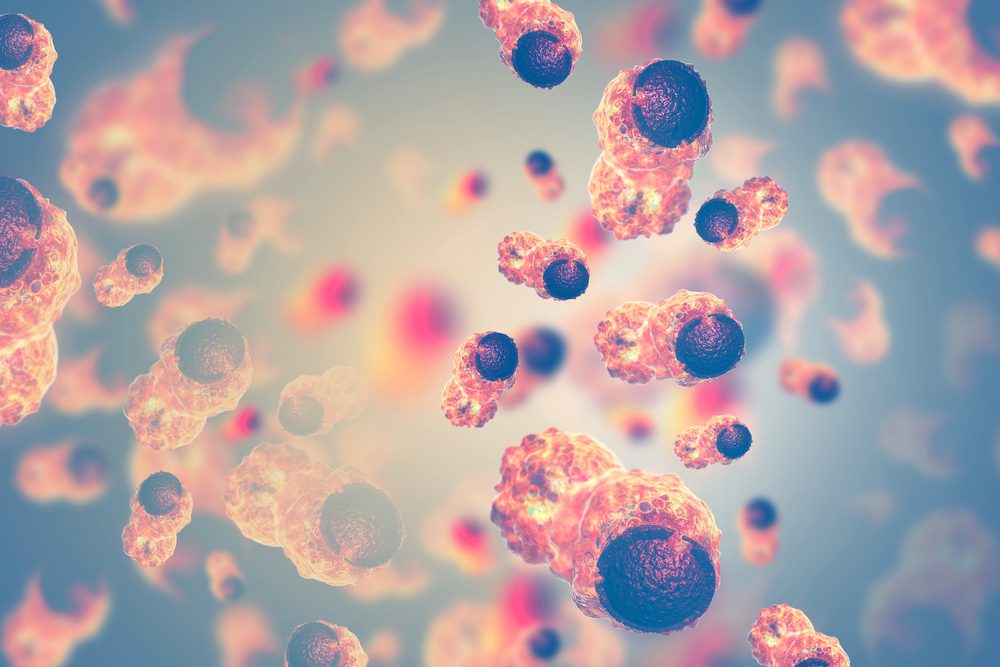

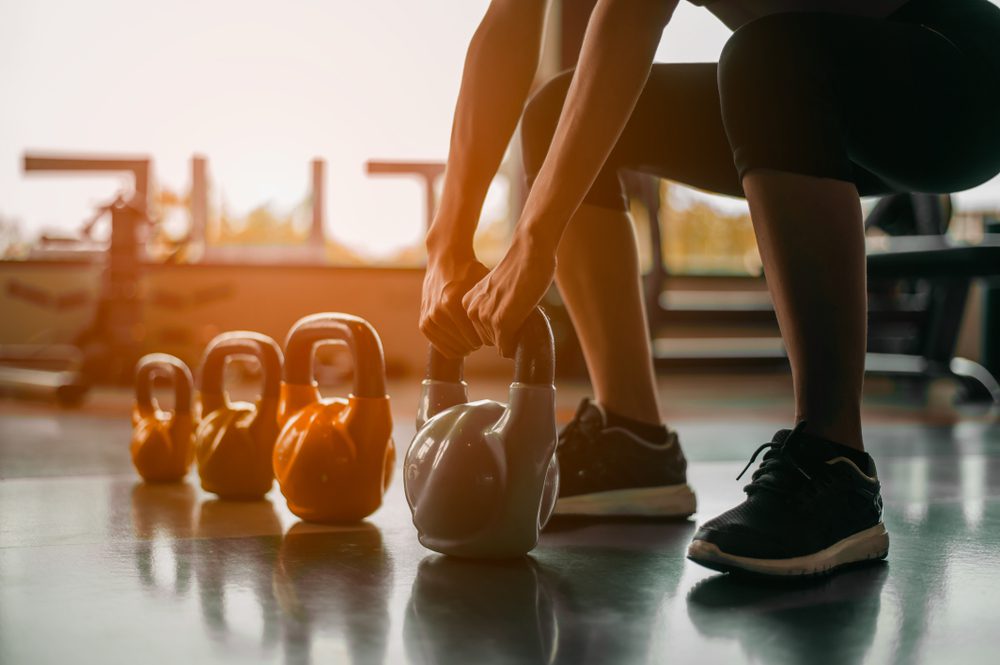



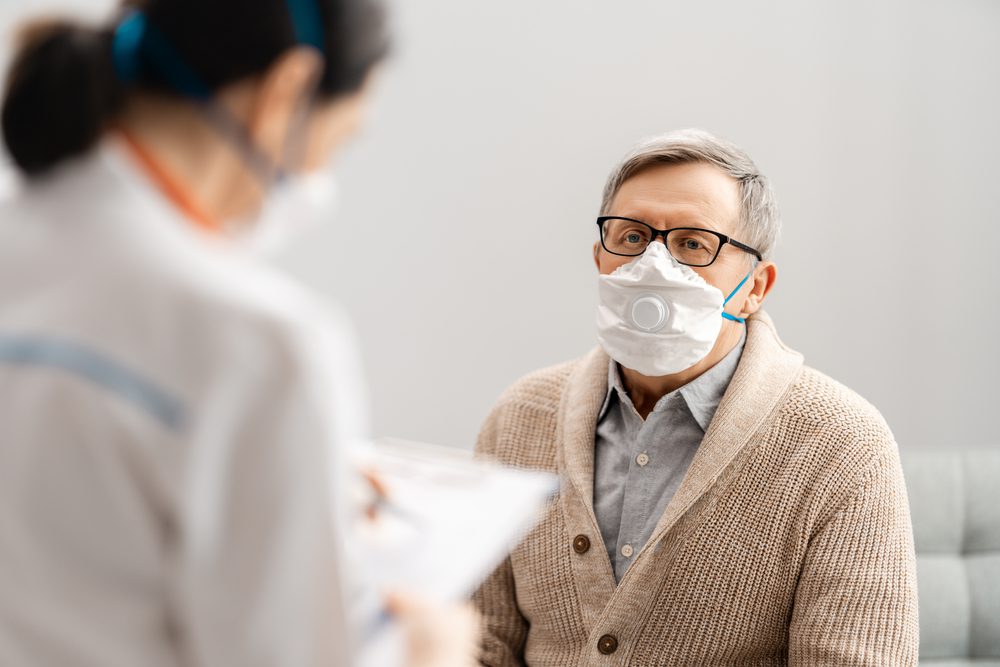
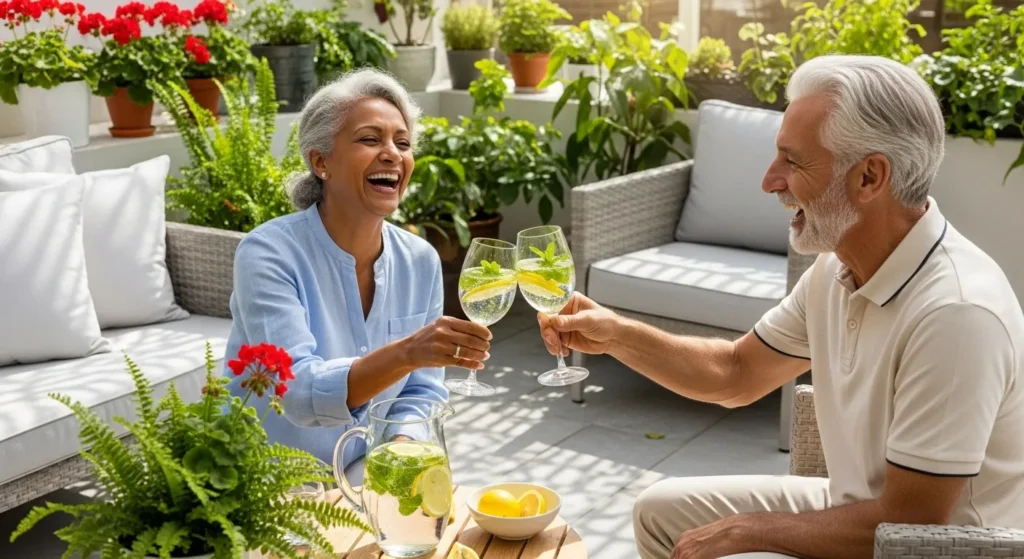

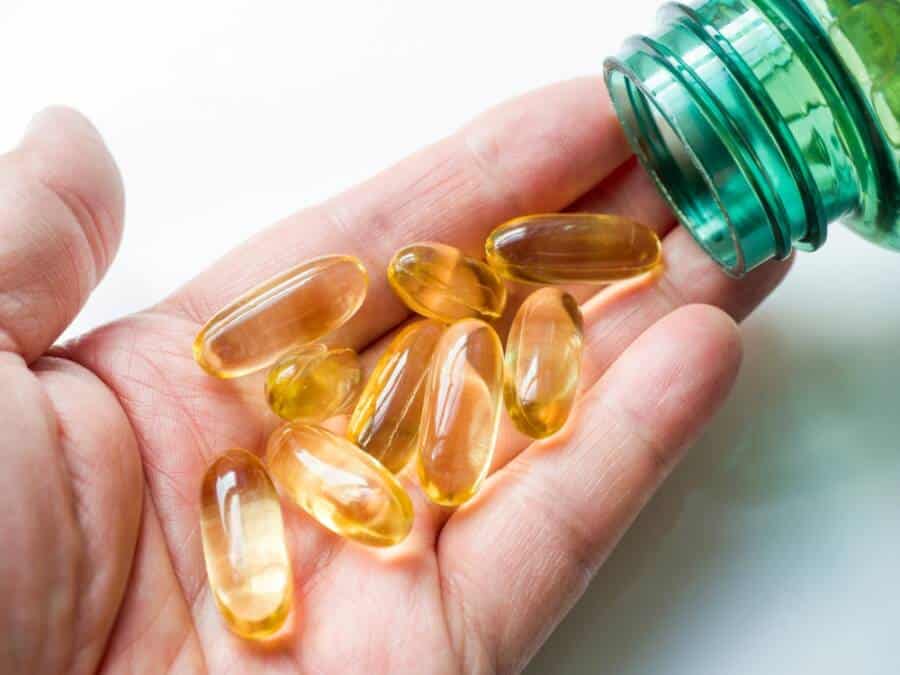
1 thought on “Placebo Medication: What If Your Doctor Tricks You With Fake Meds?”
A little different. Told in my research that I may be taking placebo, but after visiting my primary care physician, he said according to my blood work, I defintely was NOT on placebo. I’m not going to reveal that info to the research team.